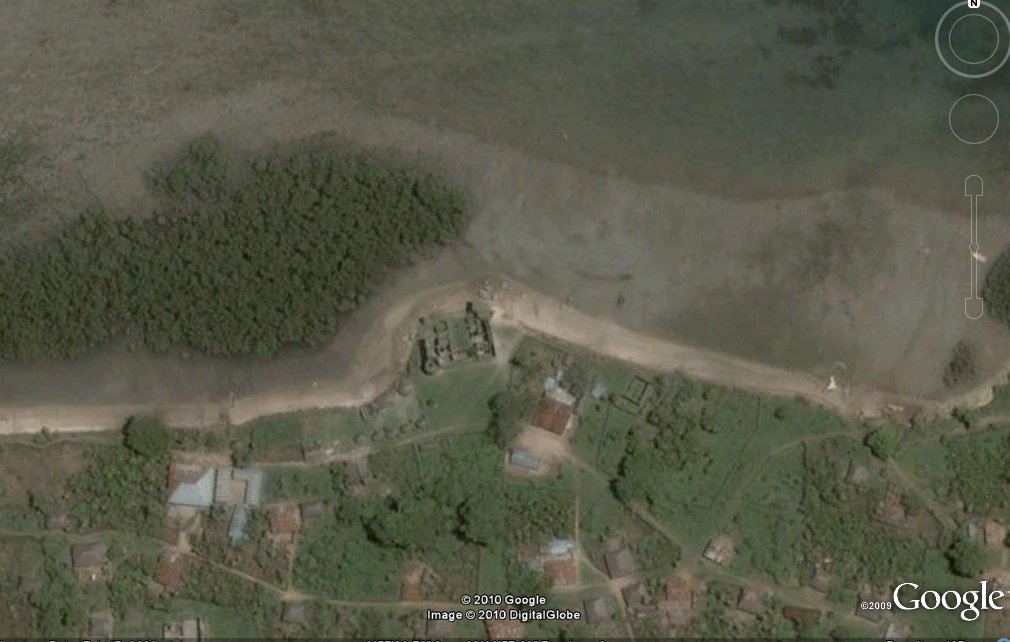The legislation
The principal components contained within each act/amendment are listed below.
- The National Monuments Act 1930
- Protects National Monuments
- Makes it a legal requirement that people report the discovery of archaeological objects
- Restricts export and prohibits injury to archaeological objects
- The National Monuments (Amendment) Act 1954
- Makes it possible for the Commissioners to undertake Preservation Orders and Temporary Preservation Orders
- Clearly states that any church, ecclesiastical building or structure vested under the Irish Church Act, 1869, is a National Monument
- The National Monuments (Amendment) Act 1987
- Restricts the use of detection devices
- Protects the sites of historic wrecks
- Requires the establishment and maintenance of a Register of Historic Monuments
- The National Monuments (Amendment) Act 1994
- Allowance for inspection and excavation by a Director
- Requires the establishment and maintenance of a Record of Monuments and Places
- The National Monuments (Amendment) Act 2004
- For approved road developments, makes it possible for the Minister to demolish National Monuments
You might have noticed that there is no mention of the Sites & Monuments Record (SMR) ……. so what is the SMR? www.archaeology.ie states, “the information in the Archaeological Survey of Ireland (ASI) archive was issued on a county basis between 1984 and 1992 as the Sites and Monuments Record (SMR).” This took place prior to and during the time of the 1987 Amendment to the Act which required the establishment of the Register of Historic Monuments (RHM). So it appears that the ASI had already set up their own register of archaeological monuments, the SMR and commenced circulating it to Local Authorities prior to any legislation to enforce it.
The RHM was a bit of a poisoned chalice as it required that the landowner be notified in writing of the presence of a monument on the RHM within their lands. Given that there are currently approximately 140,000 archaeological sites recorded within the country, tracing all the landowners would be a logistical nightmare. To this day this piece of legislation is used to prosecute people who have damaged monuments as it is robust and has been tested legally. In any instance where a monument is being, or potentially will be, impacted upon, the first step of the National Monuments Section (NMS) of the Department of Environment, Heritage & Local Government (DoEHLG) is to add to the RHM and send a registered letter informing the landowner. There are only a couple of thousand sites on the RHM and information regarding these sites is not publicly available.
So the RHM did not work very well, what next? Create a new list of all sites and require that it be sent to all Local Authorities as both a list of monuments and maps indicating the location of each site … the Record of Monument & Places (RMP) is born in 1994! The final product, consisting of bound volumes of lists of sites and A1 maps (which are for some reason called the Sites & Monuments Record!?) full of nice neat little circles (that don’t actually mean anything, only serving to highlight the location) is a boon to planners and archaeologists throughout the country. Unfortunately this was in the era before mainstream computing and GIS and updating the lists and maps was too much of a burden and as far as I am aware never took place.
1994 is long time ago now and we now live in the digital age. Funnily the DoEHLG, or was it Duchas (that didn’t last very long did it?), no I think it was actually the Department of Arts, Heritage Gaeltacht and the Islands were ahead of their time in some ways, to create the RMP they used a computer based database application and included in the data-set the National Grid References of each site, the person who came up with that idea should be heading up the department by now. So to set up the new www.archaeology.ie website with its fancy map browser with all the archaeological monuments in it was, to revert to the vernacular, ‘a piece of piss’. But what do we call it!? We can’t call it the Register of Historic Monuments because we haven’t informed all the landowners, nor can we call it the Record of Monuments & Places because we will not be circulating it to all the Local Authorities as required under the Act, I know we will call it what we always have, the Sites and Monuments Record!!!
Now that we finally have our heads around all that we look forward to the new National Monuments Legislation due out next year!!!!


